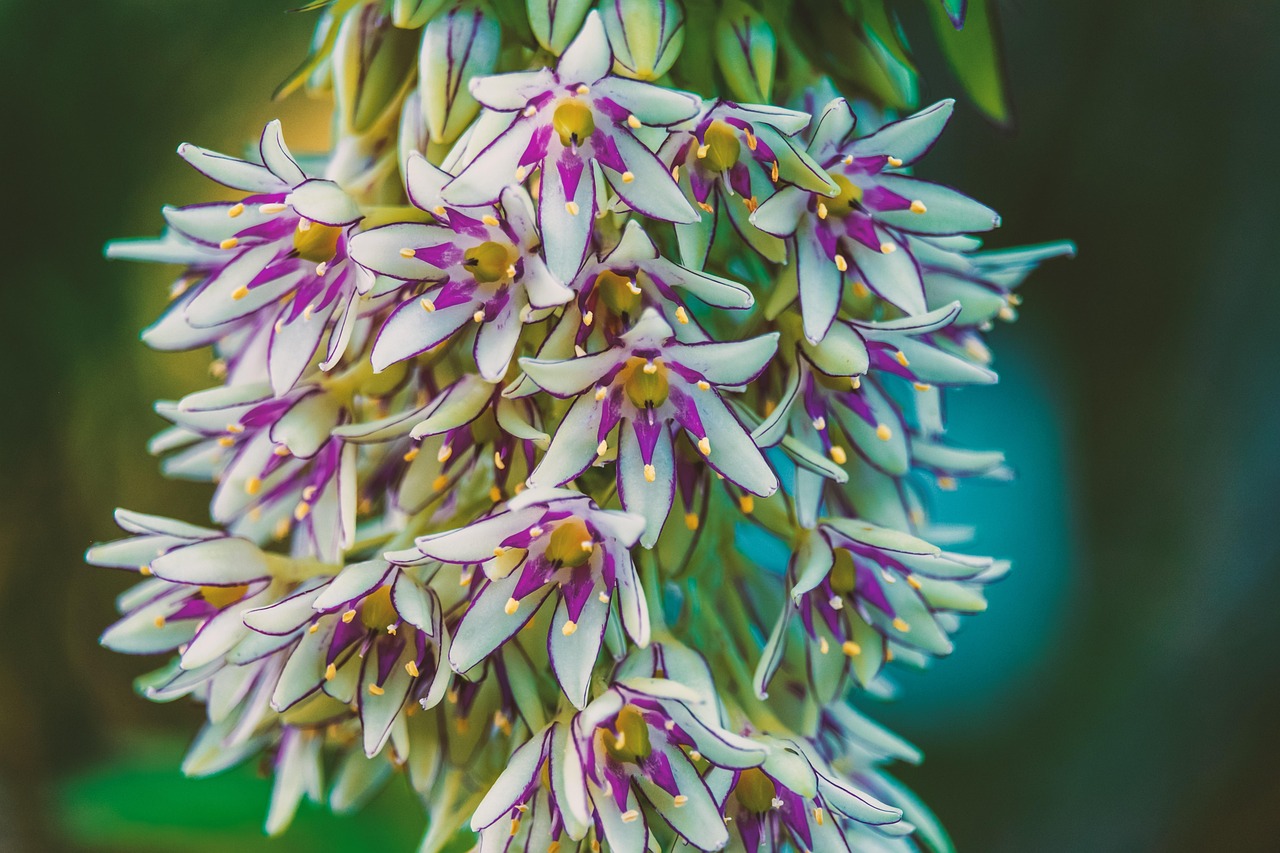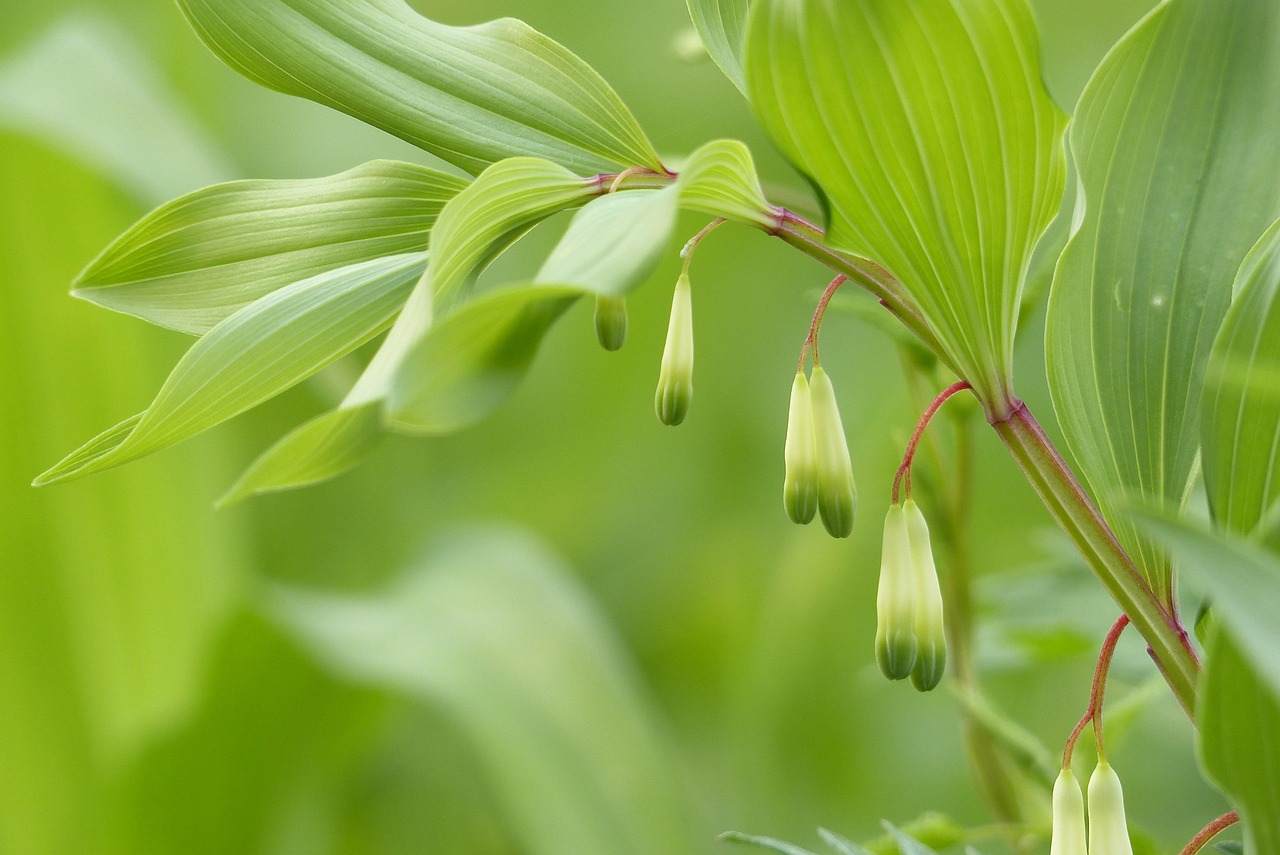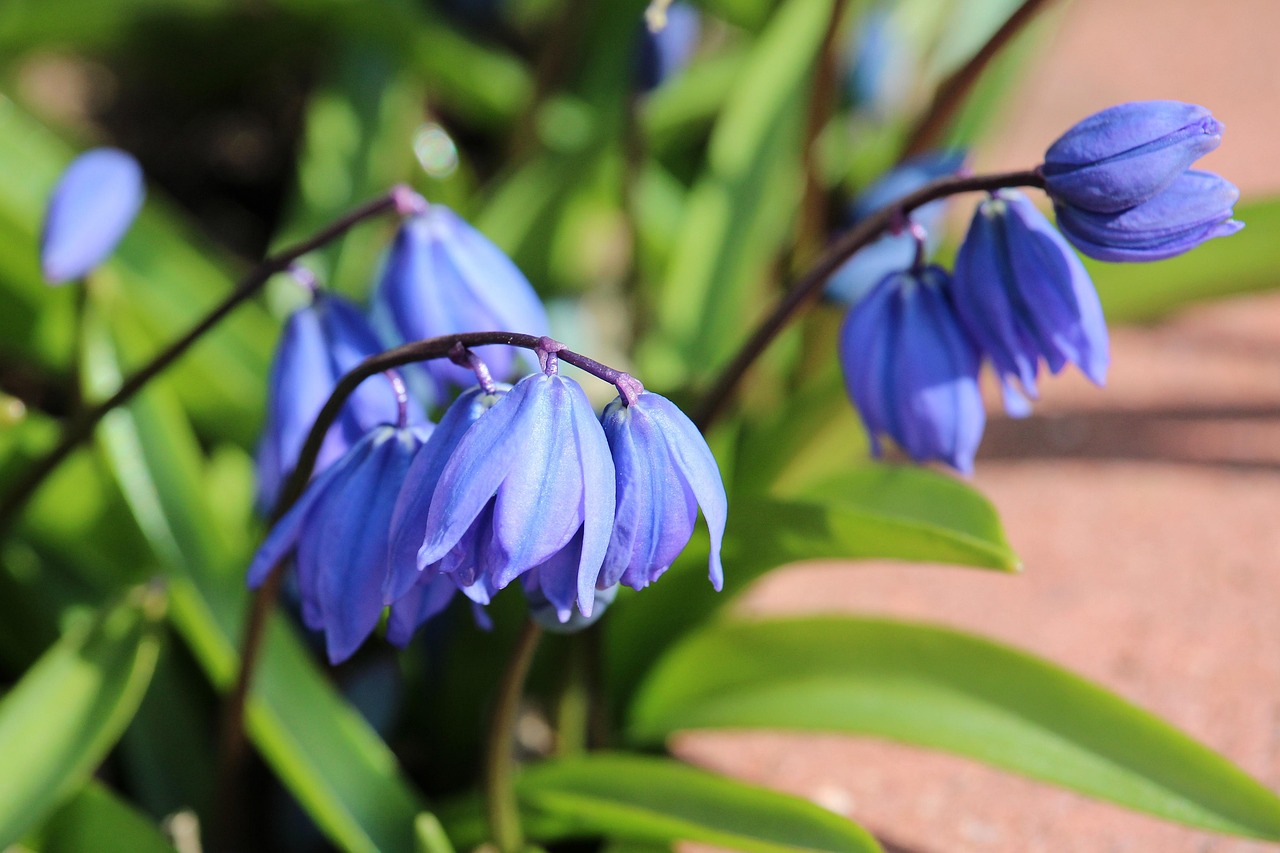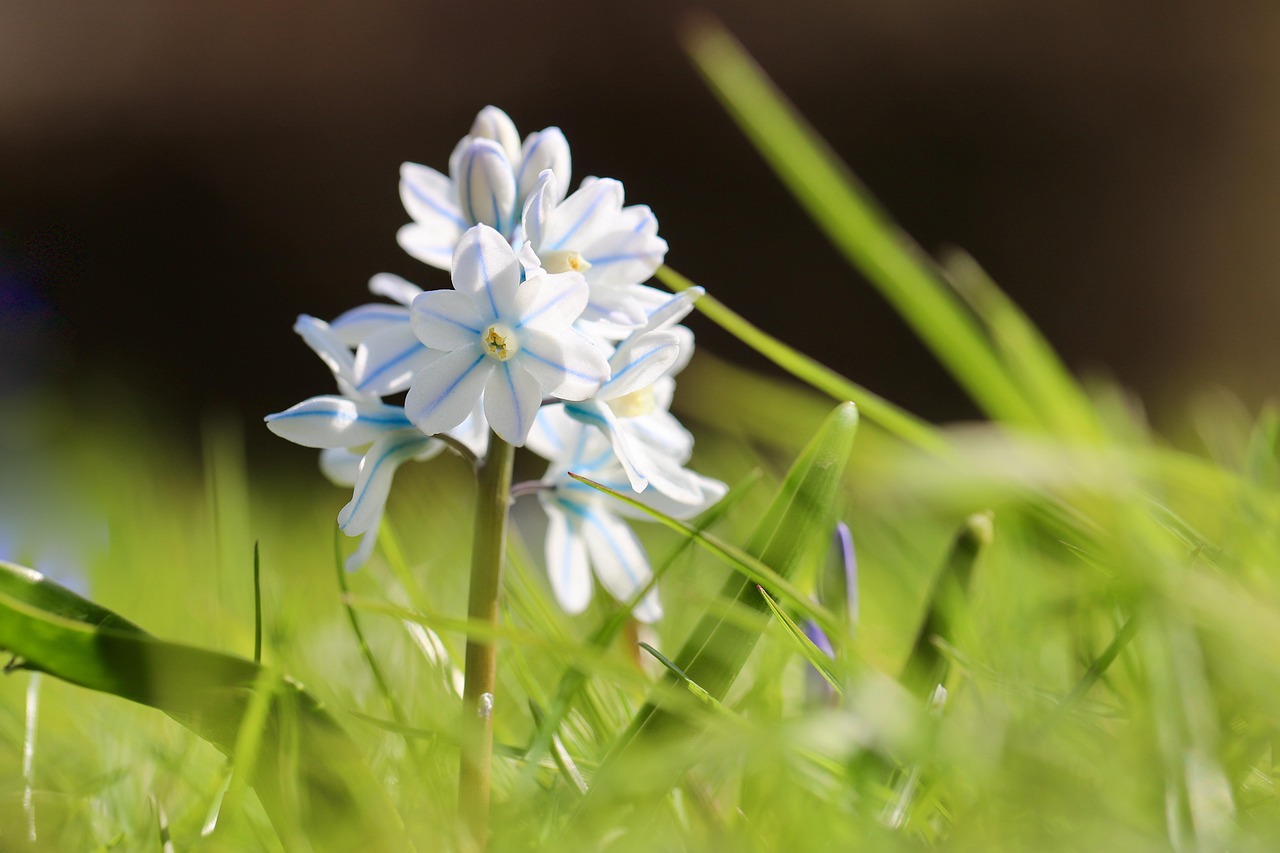Hosta | A Traditional Japanese Plant in Tranquil Gardens
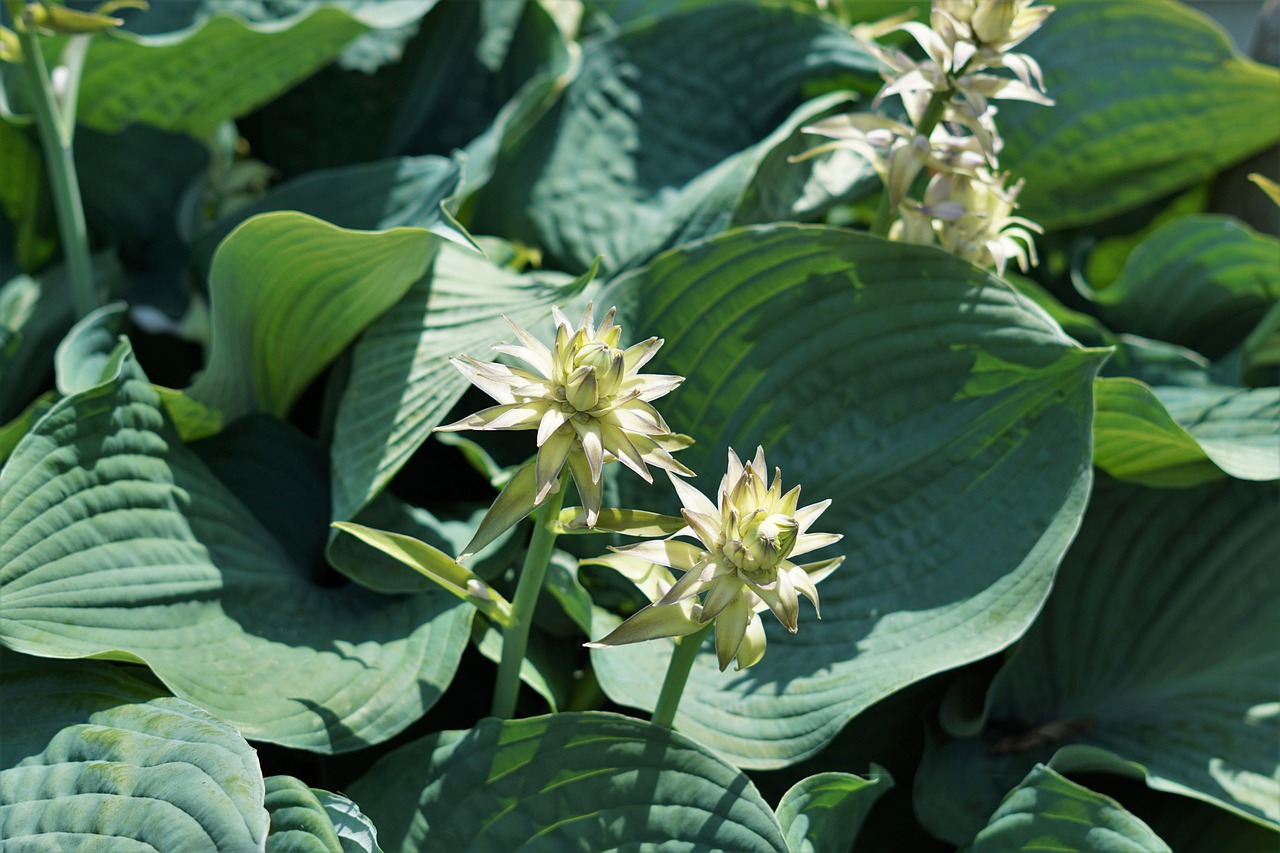
I introduce the hosta, a perennial plant with beautiful foliage and refreshing flowers, widely appreciated in gardens and potted arrangements. It is well-suited for shade gardens and is popular as a plant that creates a calm and serene atmosphere.
In this article, I explain in detail the basic information about hosta, its role in modern culture, its historical background, and key points for cultivation.
Basic Information
- Scientific name: Hosta spp.
- Family: Asparagaceae
- Origin: East Asia (Japan, China, Korea)
- Appearance: Broad leaves that vary in color and pattern depending on the variety. The flowers bloom at the tip of tall stems, in delicate white or purple forms.
- Blooming season: From early summer to summer, producing flowers on elongated stalks.
Cultural Significance Worldwide
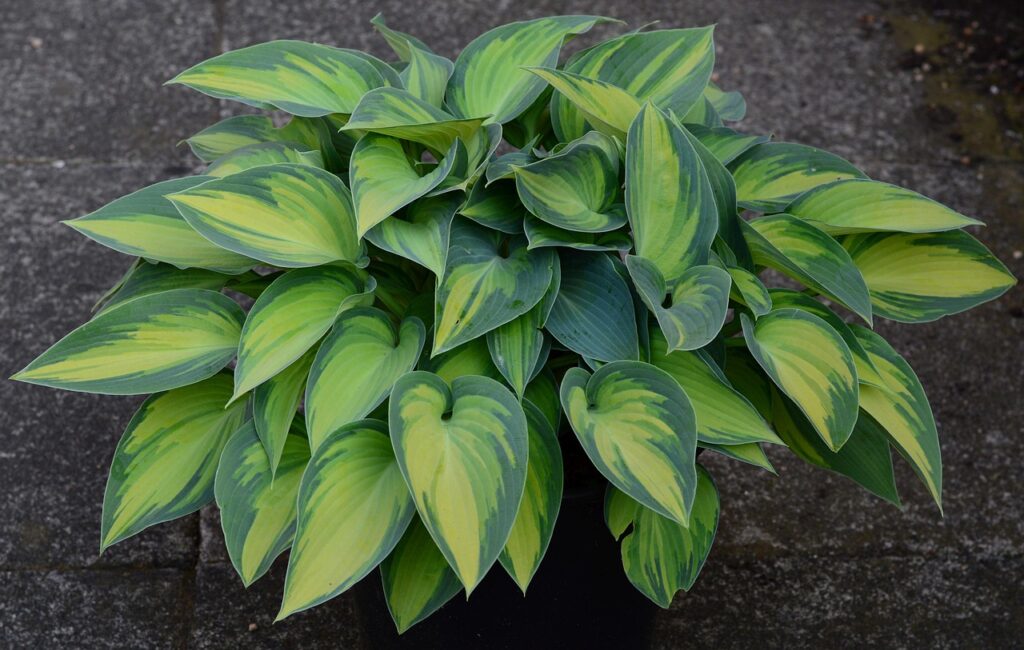
Hosta has become an essential plant for shade gardens and traditional Japanese-style gardens.
In Japan, it has long been planted in temples and gardens, cherished for creating an atmosphere of quiet beauty.
In Western countries, hosta is widely known under its Latin name and is popular as an ornamental plant that brightens shaded areas. In the United States, horticultural enthusiasts have cultivated numerous varieties, and contests are held to showcase the beauty of their foliage. With its simple and elegant appearance, hosta is also incorporated into modern gardens and minimalist designs.
Because of its high shade tolerance, it is valued as a plant that grows well even in urban gardens or on the north side of buildings where sunlight is limited. Taking advantage of these qualities, hosta is planted in a wide variety of locations, including parks and hotel gardens in Europe and North America.
Historical Background
Hosta has been cultivated in Japan and China since ancient times, and during the Edo period in Japan, it became popular as an ornamental plant.
In Japan, its young leaves, known as urui, were sometimes eaten, but its horticultural value was highly appreciated, and many varieties were developed.
From the late 18th to early 19th century, hosta was introduced to Europe, where its elegant leaves and flowers gained attention and were cultivated in the gardens of royalty and aristocrats.
In the 19th century, it became increasingly popular in Britain and France, leading to extensive hybridization and the development of new varieties. By the 20th century, breeding activities in the United States produced countless cultivars with variations in leaf color and shape.
Today, thousands of varieties of hosta are cultivated worldwide, beloved as plants that bring beauty to gardens and parks.
Gardening Advice
Hosta is relatively easy to grow, but to fully enjoy its beautiful foliage and flowers, proper growing conditions are essential.
Light
Prefers partial shade to shade. Direct strong sunlight can cause leaf scorch, so bright shade is ideal.
Watering
Water generously when the surface soil becomes dry. Avoid overwatering and maintain good drainage.
Soil
Well-drained soil with moderate water retention is best. Soil rich in humus is ideal.
Fertilizer
Apply slow-release fertilizer in spring and autumn. During the growing season, liquid fertilizer enhances leaf color.
Cold resistance
Very hardy. The plant goes dormant in winter, and even in cold regions, it can overwinter outdoors.
Pruning
After flowering, cut back flower stalks for a tidy appearance. Remove withered leaves to encourage healthy new growth in spring.
Conclusion
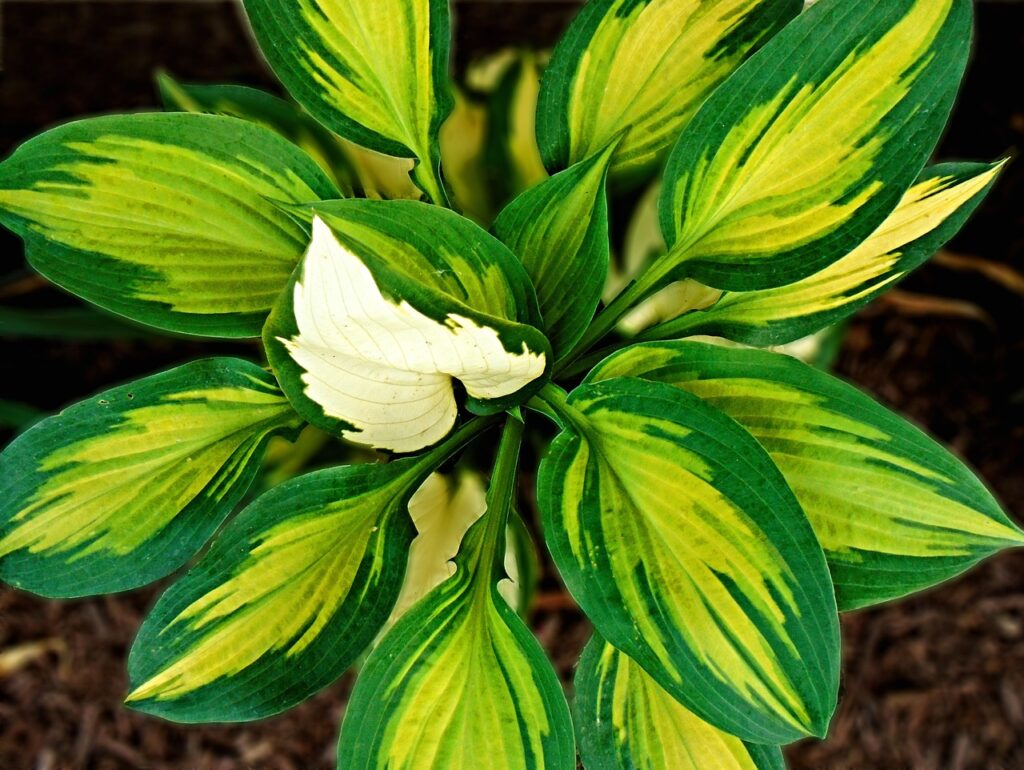
Hosta, native to East Asia including Japan, is a perennial plant admired for its beautiful foliage and refreshing flowers.
Today, it is cherished not only in shade gardens and Japanese-style gardens but also in modern Western gardens and urban landscapes.
Since its introduction to Europe in the 18th century, it has been cultivated in aristocratic gardens, with hybridization flourishing in the 19th century. In the 20th century, breeding in the United States produced numerous ornamental varieties emphasizing leaf beauty.
By growing hosta in partial shade with proper watering and fertilization, one can enjoy its elegant presence to the fullest.


